The forensic techniques distinguishing between cosmetic details
Our modern Valentine’s Day may seem all love and romance, but this holiday demands celebrants make a series of crucial decisions. Which relationships and loved ones will one recognise? Will the flower choice be roses, orchids or tulips? Should the chocolate be a luxury brand or a homemade treat? Which message to scribble on that Valentine’s Day card?
To demonstrate ‘kissy face fealty’, perhaps the most critical choice is deciding which Cupid colour of lipstick to don on the day. From the lightest of pinks to the deepest of reds, the staggering number of lipstick tints and types can easily overwhelm wearers seeking just the right romantic lip rouge. Cosmetics experts and artists are invaluable here, considering both wearer and event details. A different set of experts also spends a tremendous amount of time selecting just the right lipsticks – forensic cosmetic analysts.
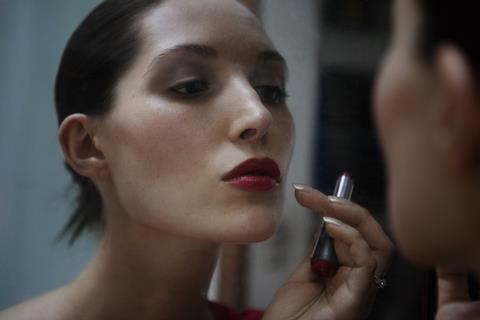
Due to lipstick’s ease and prevalence of transfer, traces of this cosmetic may be encountered on a variety of surfaces at a crime scene or on persons involved in incidents under investigation. Besides contact traces resulting from contact between people and objects, lipsticks can – and have – been used for criminal communications (such as threatening and offensive messages) or to obstruct vision (by smearing lipstick over a door viewer, for example).1 Careful analysis of collected cosmetic marks, smears and traces may aid investigations by indicating that a person has been in a particular place, or has interacted with another person or object of interest.2
Forensic analysis featuring the comparison of lipsticks’ chemical composition appears to have originated in the 1950s, with chromatographic techniques becoming popular choices – especially given the various ingredients in lipsticks.1,2 Lip colourants have been in use since antiquity and their composition has changed with time. Modern lipsticks are chiefly composed of oils (60-70%), waxes (15-25%), and colourants (5%), with other minor additives mixed in to impart scent, increase product longevity or provide additional aesthetic appeal (for example, metallic or pearlescent effects).1–3
Characteristic formulations
Lipsticks, like other mass produced consumer products, can be so similar that individualisation to a particular product is an insurmountable challenge. However, many lipstick formulations are characteristic enough to enable forensic discrimination with suitable technique selection.1–6 Longstanding go-to lipstick analysis techniques like thin layer chromatography, gas chromatography, and high-performance liquid chromatography offer discriminatory power, but share the drawback of destructive sample preparation.
Vibrational spectroscopic techniques have emerged in recent years as top non-destructive lipstick characterisation options. Infrared (IR) techniques could be considered to have streaked past Raman techniques in lipstick analysis due to fluorescence interference issues generally associated with Raman spectroscopy.2,5,6 However, Raman’s fluorescence interference issue can be sufficiently addressed via experimental parameters or operations such as laser wavelength selection or baseline correction. While not separation techniques, IR techniques and Raman techniques have enabled analysts to classify lipsticks at impressive levels.
The promise of attenuated total reflectance Fourier transform infrared (ATR–FTIR) paired with chemometric methods for lipstick comparative analysis was first demonstrated in 2017 by Marta Gładysz and colleagues at Jagiellonian University in Poland. They differentiated 38 red lipsticks from 20 manufacturers with the researchers’ calculated discriminatory power of 0.93 between each examined pair of lipstick samples.1
Additional work by Gładysz and collaborators, along with research from other groups, further illustrated that ATR–FTIR paired with chemometricscan classify even the most visually similar red lipsticks for a range of lip rouge types and manufacturers.3 In the pink, Rowdha Abdulla Alblooshi and co-workers recently noted that for 20 pink lipsticks from a single manufacturer, 95.8% of samples could be differentiated from each other using a combination of Raman microscopy and vacuum ATR–FTIR spectroscopy with accompanying chemometric analysis.4
While Valentine’s Day can bring too many decisions, forensic cosmetic analysts can rely on analytical chemistry to discern among Valentine’s Day colour palette lipsticks.
References
1 M Gładysz, M Król and P Kościelniak, Forensic Sci. Int., 2017, 280, 130 (DOI: 10.1016/j.forsciint.2017.09.019)
2 J X W Wong, G Sauzier and S W Lewis, Forensic Sci. Int., 2019, 298, 88 (DOI: 10.1016/j.forsciint.2019.02.044)
3 M Gładysz et al, J. Forensic Sci., 2022, 67, 494 (DOI: 10.1111/1556-4029.14945)
4 R A Alblooshi et al, Vib. Spectrosc., 2024, 130, 103640 (DOI: 10.1016/j.vibspec.2023.103640)
5 R Chophi, S Sharma, and R Singh, Forensic Chem., 2020, 17, 100209 (DOI: 10.1016/j.forc.2019.100209)
6 M Gładysz, M Król, and P Kościelniak, Forensic Sci. Int., 2017, 280, 130 (DOI: 10.1016/j.forsciint.2017.09.019)



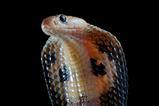
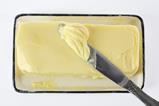


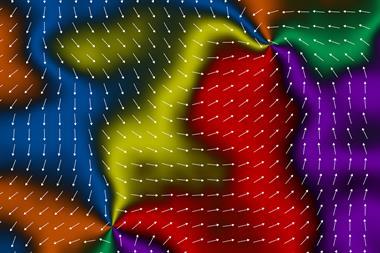
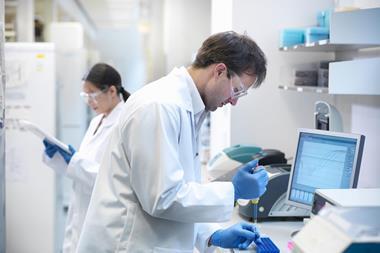


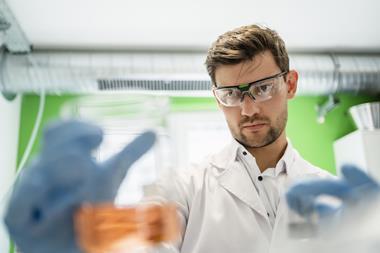

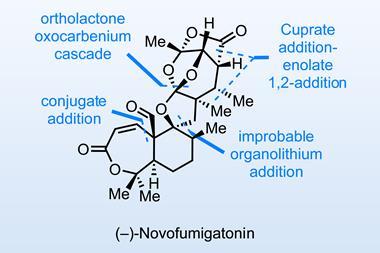

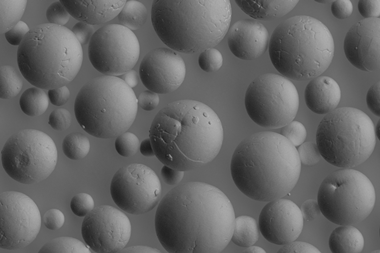
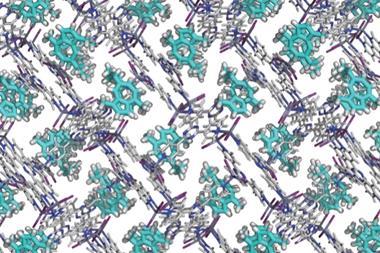
No comments yet